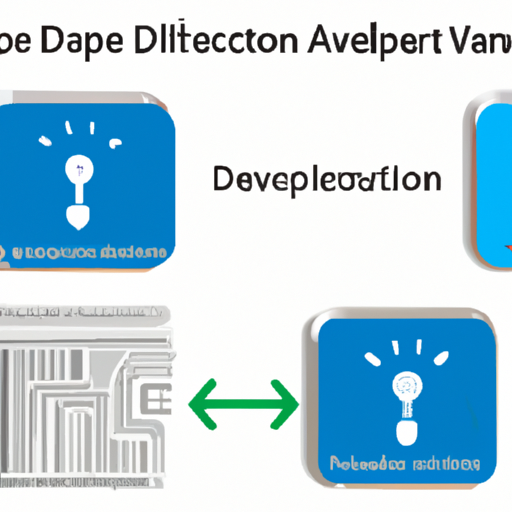Application Development in Solid-State Thermostats: EXB-V4V120JV
Developing applications for solid-state thermostats, such as the EXB-V4V120JV, involves a combination of cutting-edge technologies and innovative methodologies. These advancements not only enhance the functionality of the thermostats but also improve user experience and energy efficiency. Below is a detailed overview of key technologies and notable success stories in the realm of solid-state thermostat application development.
Key Technologies
| 1. Microcontroller Units (MCUs) | |
| 2. Temperature Sensors | |
| 3. Wireless Communication | |
| 4. User Interface (UI) Design | |
| 5. Energy Management Algorithms | |
| 6. Cloud Computing | |
| 7. Machine Learning | |
| 8. Solid-State Components | |
| 1. Nest Learning Thermostat | |
| 2. Ecobee SmartThermostat | |
| 3. Honeywell Home T9 | |
| 4. Emerson Sensi Touch | |
| 5. Tado Smart AC Control | |
Success Stories
Conclusion

The development of solid-state thermostats like the EXB-V4V120JV is propelled by advancements in microcontrollers, sensors, communication technologies, and user interface design. The success stories of leading companies in the smart thermostat market underscore the importance of user experience, energy efficiency, and integration with smart home ecosystems. As technology continues to evolve, the potential for innovation in this space remains significant, paving the way for even smarter and more efficient heating and cooling solutions. The future of solid-state thermostats promises enhanced functionality, greater energy savings, and improved user satisfaction, making them an integral part of modern smart homes.
Application Development in Solid-State Thermostats: EXB-V4V120JV
Developing applications for solid-state thermostats, such as the EXB-V4V120JV, involves a combination of cutting-edge technologies and innovative methodologies. These advancements not only enhance the functionality of the thermostats but also improve user experience and energy efficiency. Below is a detailed overview of key technologies and notable success stories in the realm of solid-state thermostat application development.
Key Technologies
| 1. Microcontroller Units (MCUs) | |
| 2. Temperature Sensors | |
| 3. Wireless Communication | |
| 4. User Interface (UI) Design | |
| 5. Energy Management Algorithms | |
| 6. Cloud Computing | |
| 7. Machine Learning | |
| 8. Solid-State Components | |
| 1. Nest Learning Thermostat | |
| 2. Ecobee SmartThermostat | |
| 3. Honeywell Home T9 | |
| 4. Emerson Sensi Touch | |
| 5. Tado Smart AC Control | |
Success Stories
Conclusion

The development of solid-state thermostats like the EXB-V4V120JV is propelled by advancements in microcontrollers, sensors, communication technologies, and user interface design. The success stories of leading companies in the smart thermostat market underscore the importance of user experience, energy efficiency, and integration with smart home ecosystems. As technology continues to evolve, the potential for innovation in this space remains significant, paving the way for even smarter and more efficient heating and cooling solutions. The future of solid-state thermostats promises enhanced functionality, greater energy savings, and improved user satisfaction, making them an integral part of modern smart homes.







